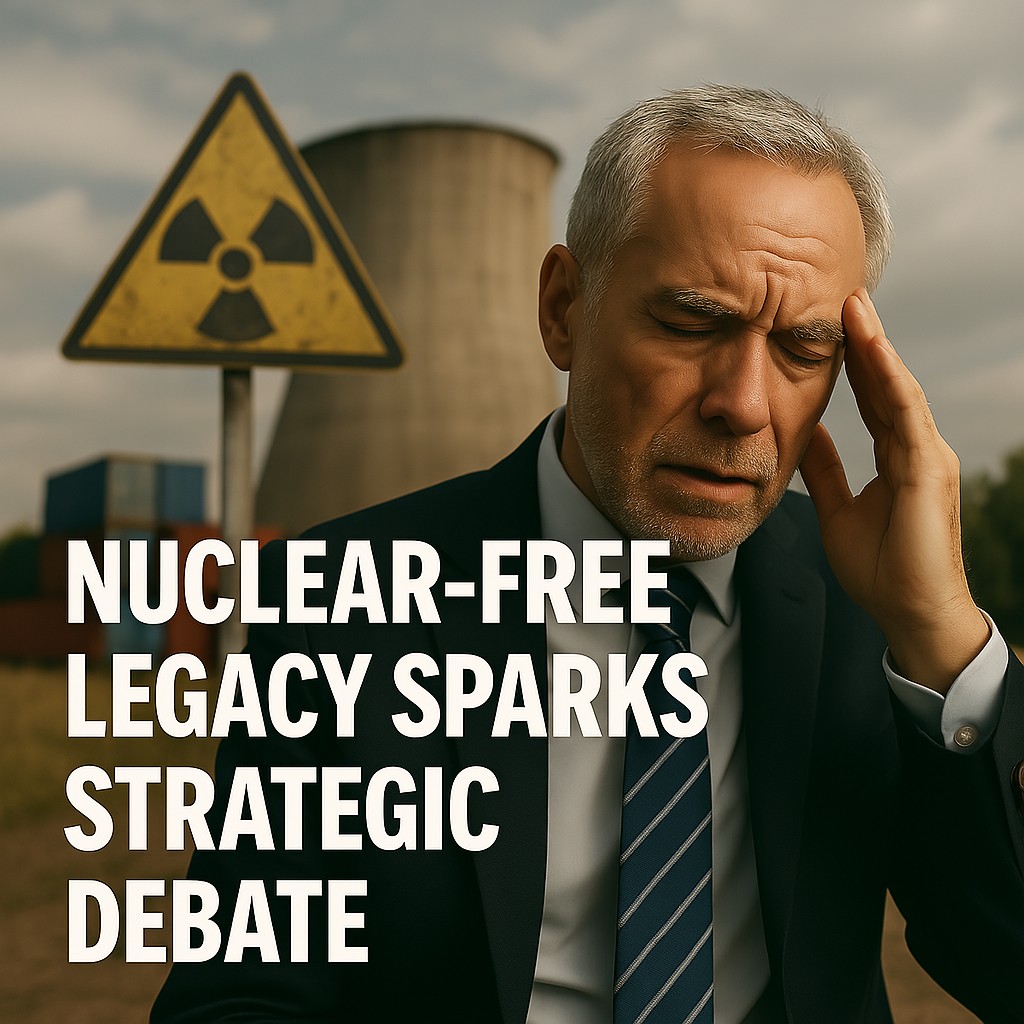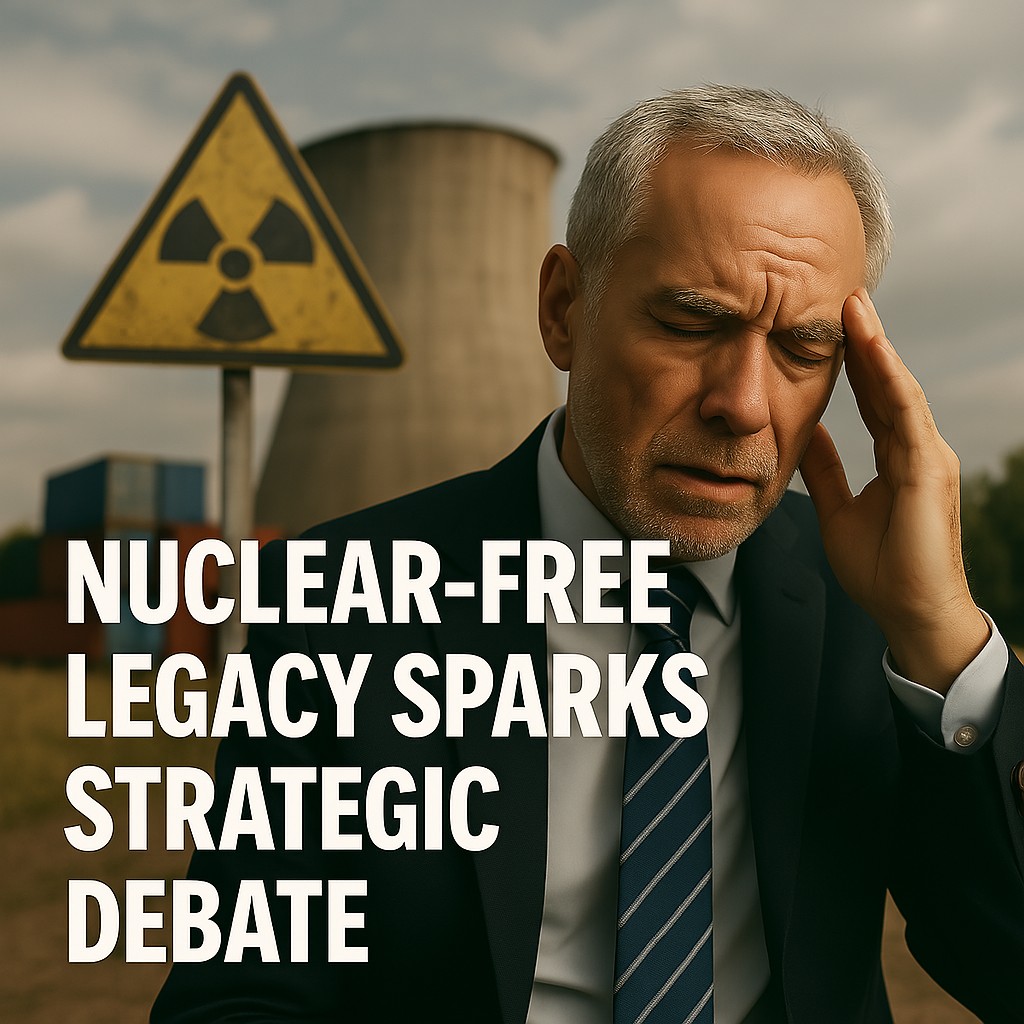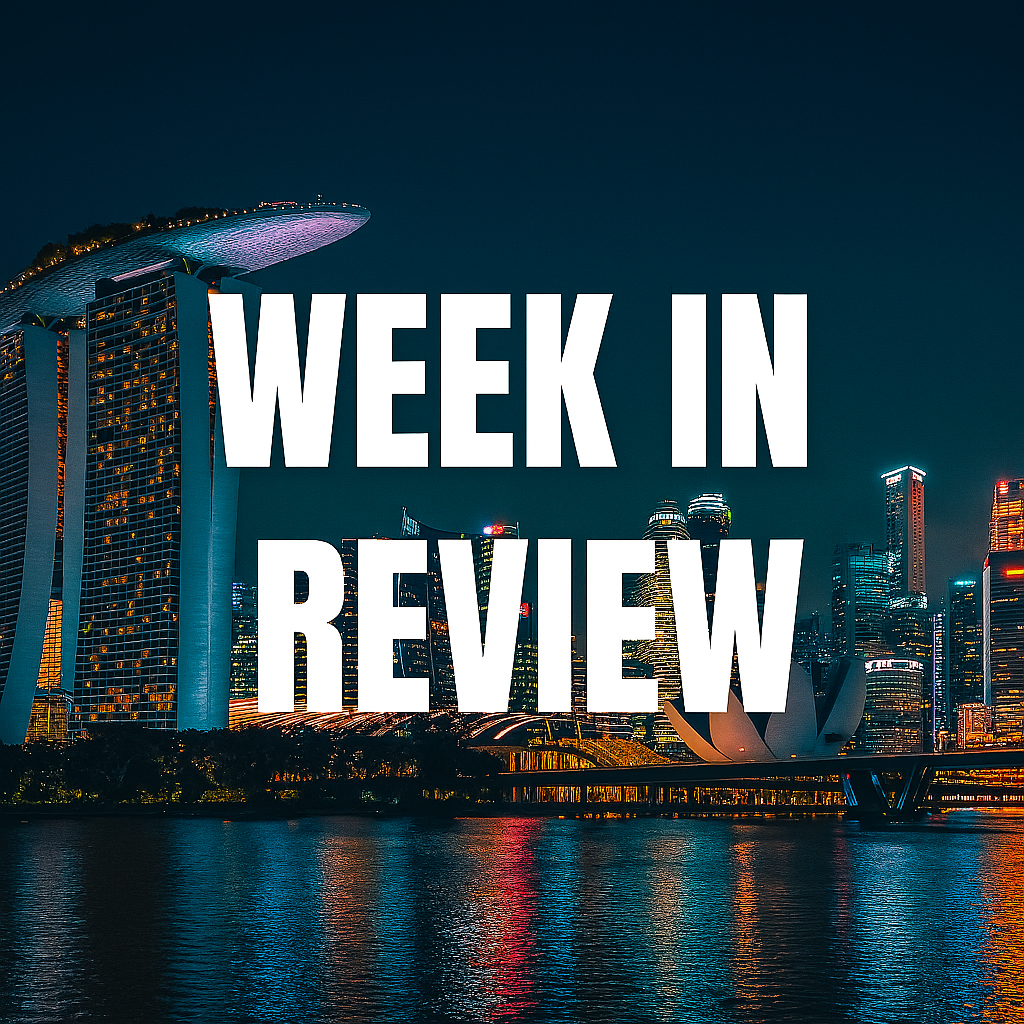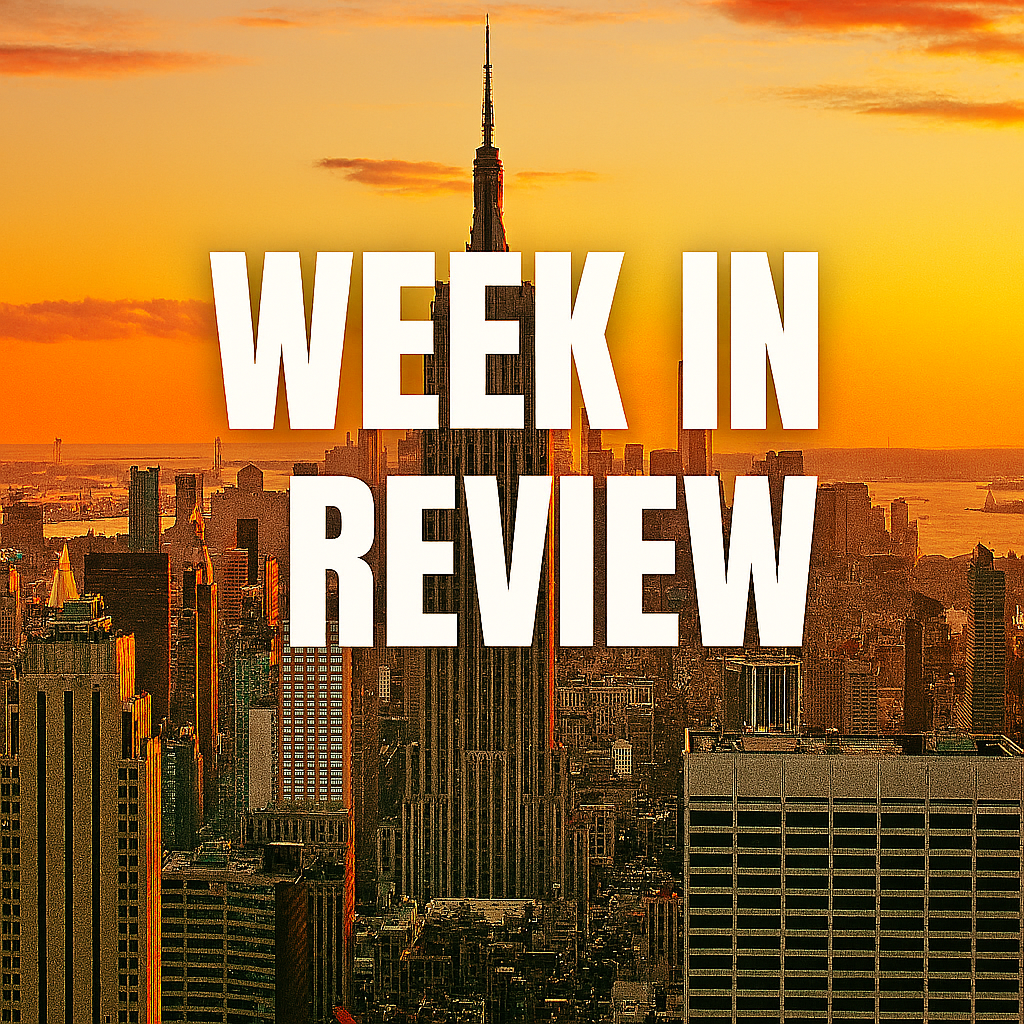
On July 12, New Zealand’s opposition MP Phil Twyford reignited debate over the nation’s foreign policy direction during the opening of the Legends of the Pacific: Stories of a Nuclear-Free Moana exhibition in Auckland. Commemorating the 40th anniversary of the Rainbow Warrior bombing, Twyford praised the Nuclear Free and Independent Pacific (NFIP) movement as a model for regional sovereignty and peace.
Twyford warned that the current National-led coalition government is “mimicking the language of security hawks in Washington and Canberra,” aligning more closely with the U.S. and Five Eyes partners. He criticized the government’s quiet engagement with AUKUS Pillar Two, which involves sharing advanced warfighting technologies, including AI and cyber capabilities.
The exhibition, featuring archival footage, activist memorabilia, and performances by Pacific youth, highlighted the region’s anti-nuclear legacy and resistance to neocolonialism. Twyford urged New Zealand to remain “true to the values we’ve always held dear,” emphasizing peace, demilitarization, and regional independence.
Right-leaning observers see Twyford’s remarks as a strategic inflection point. They argue that New Zealand must balance its historical commitment to nuclear disarmament with the realities of rising tensions in the Indo-Pacific. With China’s assertiveness and U.S. defense integration accelerating, critics warn that neutrality may no longer be viable.
The Asia Pacific’s nuclear-free ethos is being tested by shifting alliances and technological warfare. As New Zealand reflects on its activist past, the question looms: will it remain a moral outlier, or recalibrate toward strategic pragmatism?




